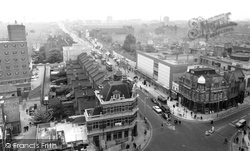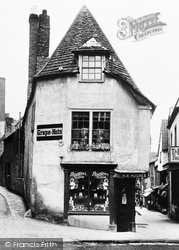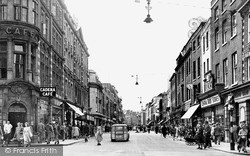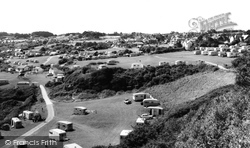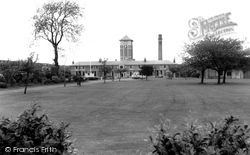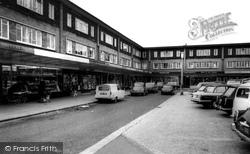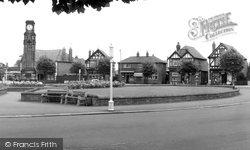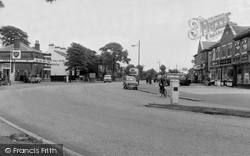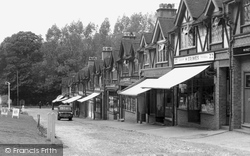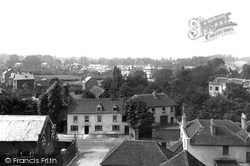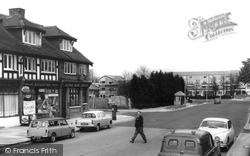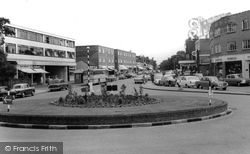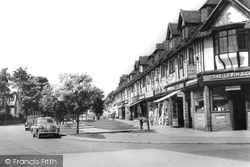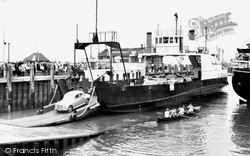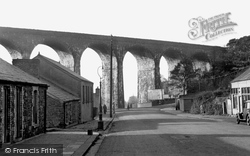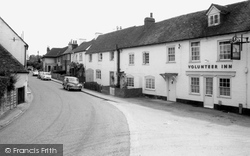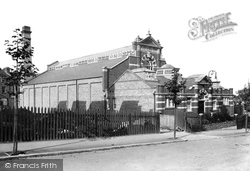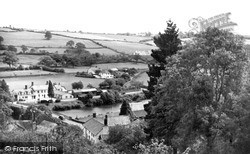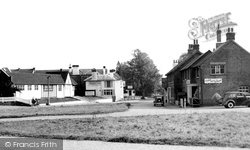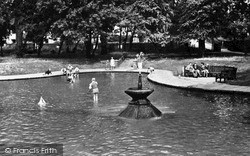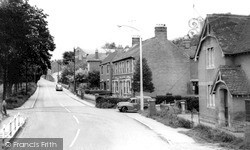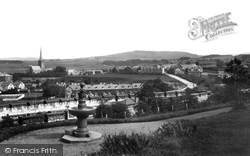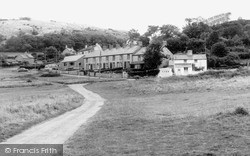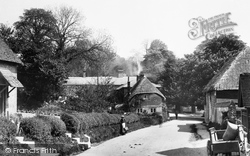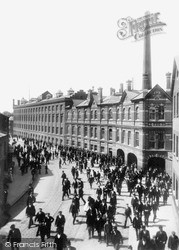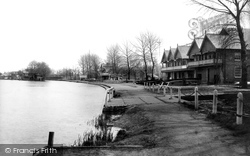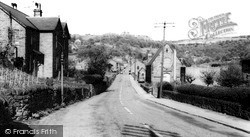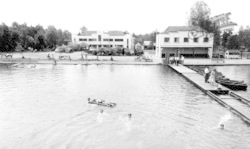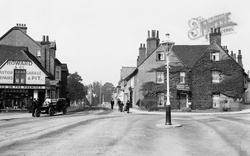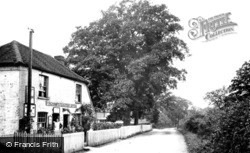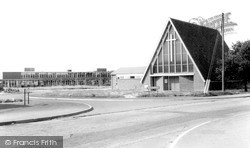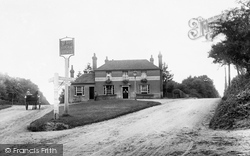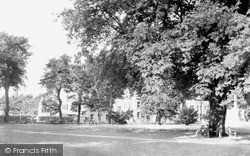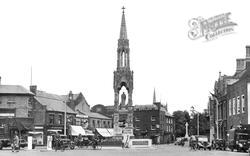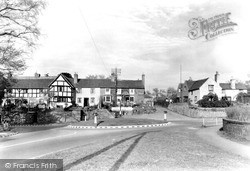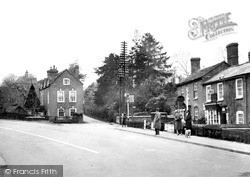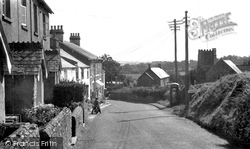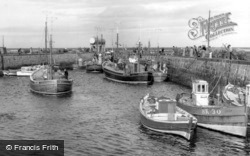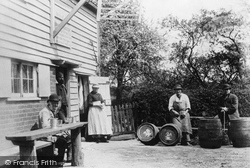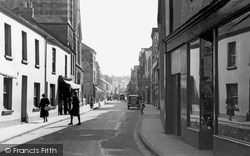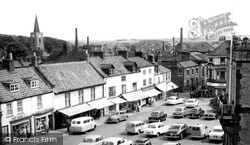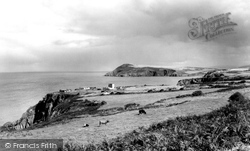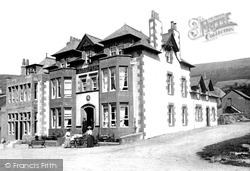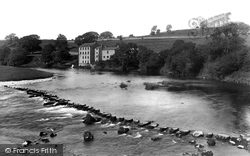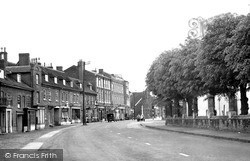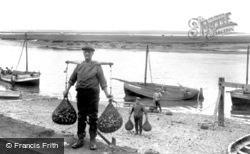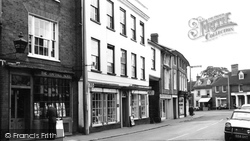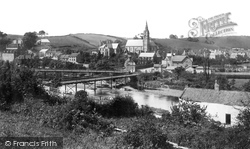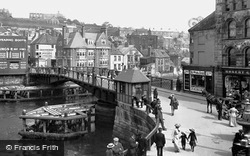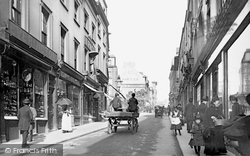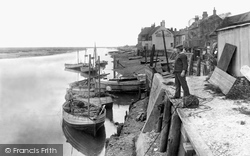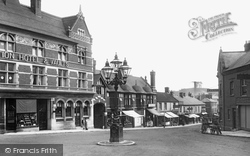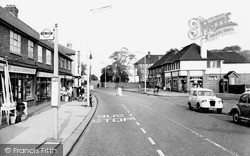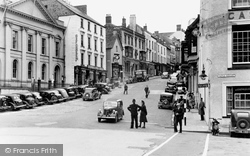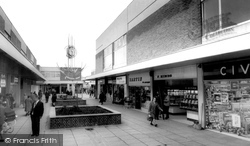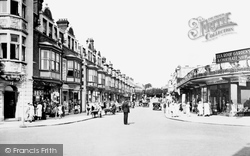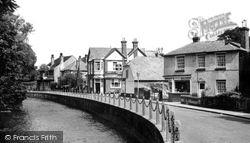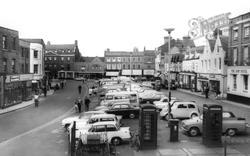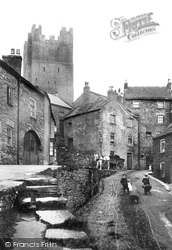Recent Memories
Reconnecting with our shared local history.
For many years now, we've been inviting visitors to our web site to add their own memories to share their experiences of life as it was when the photographs in our archive were taken. From brief one-liners explaining a little bit more about the image depicted, to great, in-depth accounts of a childhood when things were rather different than today (and everything inbetween!). We've had many contributors recognising themselves or loved ones in our photographs.
Why not add your memory today and become part of our Memories Community to help others in the future delve back into their past.
Search for Local Memories
Search for your favourite UK places and read memories of the local area in days gone by.

Add a Memory!
It's easy to add your own memories and reconnect with your shared local history. Search for your favourite places and look for the 'Add Your Memory' buttons to begin
Tips & Ideas
Not sure what to write? It's easy - just think of a place that brings back a memory for you and write about:
-
How the location features in your personal history?
-
The memories this place inspires for you?
-
Stories about the community, its history and people?
-
People who were particularly kind or influenced your time in the community.
-
Has it changed over the years?
-
How does it feel, seeing these places again, as they used to look?
This week's Places
Here are some of the places people are talking about in our Share Your Memories community this week:
...and hundreds more!
Enjoy browsing more recent contributions now.
Subscribe
Join the thousands who receive our regular doses of warming nostalgia! Have our latest blog posts and archive news delivered directly to your inbox. Absolutely free. Unsubscribe anytime.
Displaying Memories 36801 - 36880 of 36984 in total



